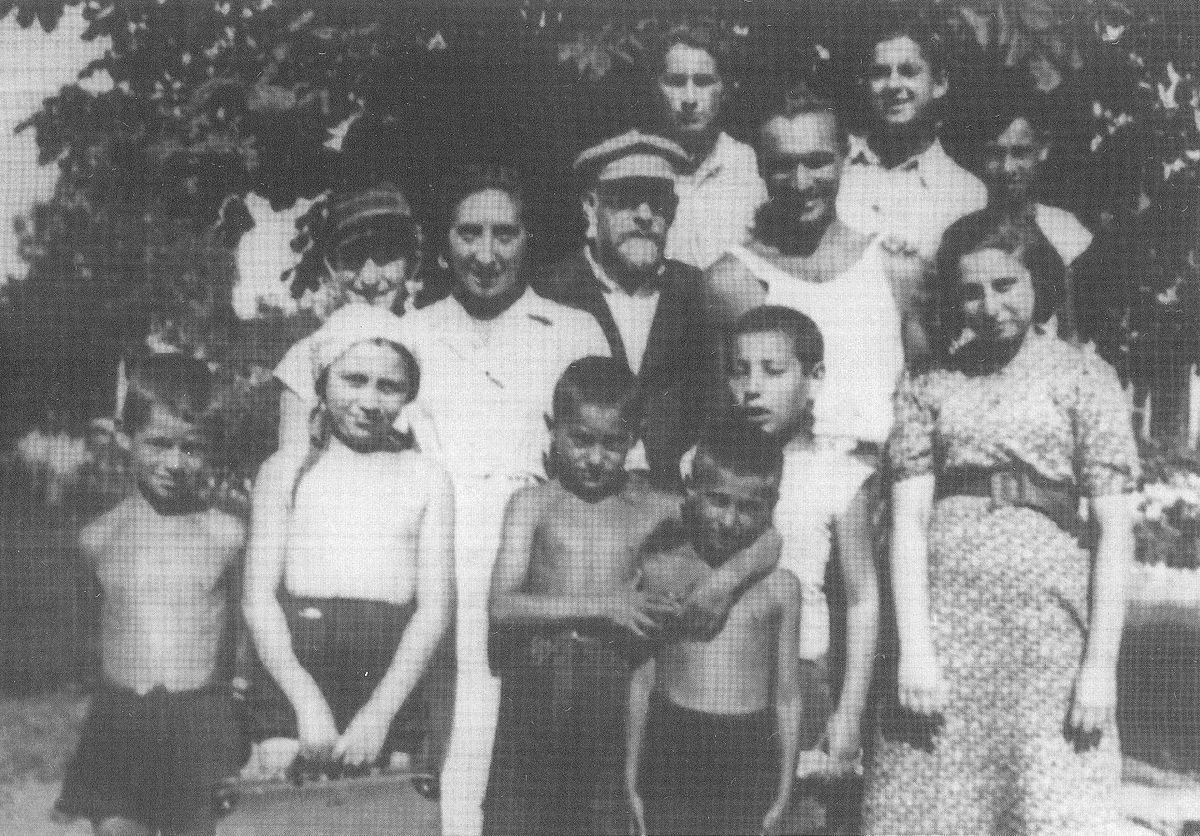
The Last Journey (Die letzte Reise)
author
Iris Heisrathsupervisor
Iris Heisrathlocation
SaxonyProject description
The Idea of the Project
In November 1995, we were very enthusiastic when the Municipal Theater of Chemnitz asked our Gymnasium [high school] if we would consider collaborating on the production of Japanese author Fumikatsu Inoue’s play about the life and work of the Polish Jewish educator Janusz Korczak. To be sure, the expectations and demands of the project organizers (Dr. Voigt, director of the Institute for Cultural Infrastructure in Saxony, and Dr. Möller, chief dramatic adviser of the Chemnitz Municipal Theater) were high. The play was to premiere on November 9, 1996, the anniversary of Kristallnacht, in the presence of the author and a large public audience at the Chemnitz Municipal Theater. An unbelievable project! This was an enormous chance for those of our talented students interested in music.
Working process
It was not difficult to find such students. At the first meeting in January 1996, about twenty 17- and 18-year olds from the eleventh and twelfth grades shared copies of the script, “Dr. Korczak: The Last Journey,” which, thanks to the support of the University of Chemnitz English Department, had been translated into German. The students found their first encounter with this extraordinary educator to be problematic. It was not that they did not appreciate or admire what Korczak did, but the overly heroic presentation of him as a person ran up against misunderstanding and criticism. How does one act in a play whose style one finds unconvincing?
We found the solution in the presentation developed by actor Johannes Mager, who was responsible for the play’s artistic direction. This version starts with a game on a circus stage and allows the actors maximum interaction with each other, during which they must rely on their feelings. Apart from the lead role, none of the students was committed to a single part and thus had to constantly change before the group.
What later appeared to the public as an effortless and easy production was developed in a process of demanding rehearsals. The effort involved did not just apply to the amount of time necessary to mount the play, but frequently to the deep emotional confrontation with the play’s contents as well. It proved useful to set up a rehearsal camp, which gave valuable experience to all those involved and left a lasting impression. In that week, not only the script work but also dance and movement, which the students mastered with the help of a professional dancer, were on the schedule [see Visuals].
Inspired by the work on the various scenes, a musician composed several pieces that proved to be very important to the play’s structure. The first lighting tests also took place during this period. Throughout the preparations, collective work was always our watchword – meaning that every objection and suggestion was discussed by all the participants.
Premiere
This may explain the homogeneous style of acting that put the audience at the hour-long premiere under the spell of a story which, by reason of its deep humanity, could be understood as not merely a renewed accusation, but still more as a passionate appeal. Along with the author of the play, a writer for a leading Japanese daily newspaper attended the performance. In his review of the production, the journalist praised the commitment of the young people in view of recurring right-wing extremism and xenophobia in society today.
The whole audience and the organizers were impressed by the program brochure, which was prepared by two twelfth-grade students. One of the students had even done research in Israel for the brochure. Thanks to the support of the Municipal Theater, the program could be printed in the form it deserved. As additional evidence of independent student work, it drew much notice and contributed greatly toward the overall success of the project.
Performances in foreign countries
Because the public received the production with great interest, the director of the Chemnitz Municipal Theater scheduled additional performances in his calendar. In February 1997, the group offered guest performances at the Young Generation Theater in Dresden. At the end of March, there were performances in Bern and Hofwil in Switzerland, sponsored by Dr. Jost, chairman of the Swiss Korczak Association. With the financial support of EUROPERA, Inc. and its president, Dr. Ludwig, we were able to do a three-performance tour of Rome at the invitation of the Roman cultural center, Petro Lata. For this, we owe a great deal to the support of Dr. Voigt, head of the Institute for Cultural Infrastructure of Saxony. Participating in the Theater Days of the Lutheran Church in Hanover from April 28 to May 4, 1997 was an unforgettable experience. The group spent an entire week exchanging experiences and having discussions with theater troupes and colleagues from all over Europe. Unfortunately, we had to cancel our planned trip to Breslau in late July. Because of heavy rains, there was flooding all over Poland, and we were unable to travel there.
The students understood these unforeseen possibilities as recognition of the sacrifices that they had made, but they also realized that these were experiences that would never come again.
Other Activities
The original project planned for Chemnitz included two other activities. The staging of the play was accompanied by an exhibition of art works created by students in basic and advanced art courses and by an historical exhibition prepared by the history workshop. Two of my colleagues at the Gymnasium assumed responsibility for these aspects of the project, thereby demonstrating the interdisciplinary nature of our educational approach to the Nazi period.
Results
In this manner, we succeeded in engaging many students in a constructive dialogue about German and European history and brought the recent past to life for them through the example of Janusz Korczak. Impressive results have been realized, results that have a central theme of an appeal to humanity and which are simultaneously filled with emotion and characterized by maturity and reflection.
Contact
Dr.-Wilhelm-André-Gymnasium